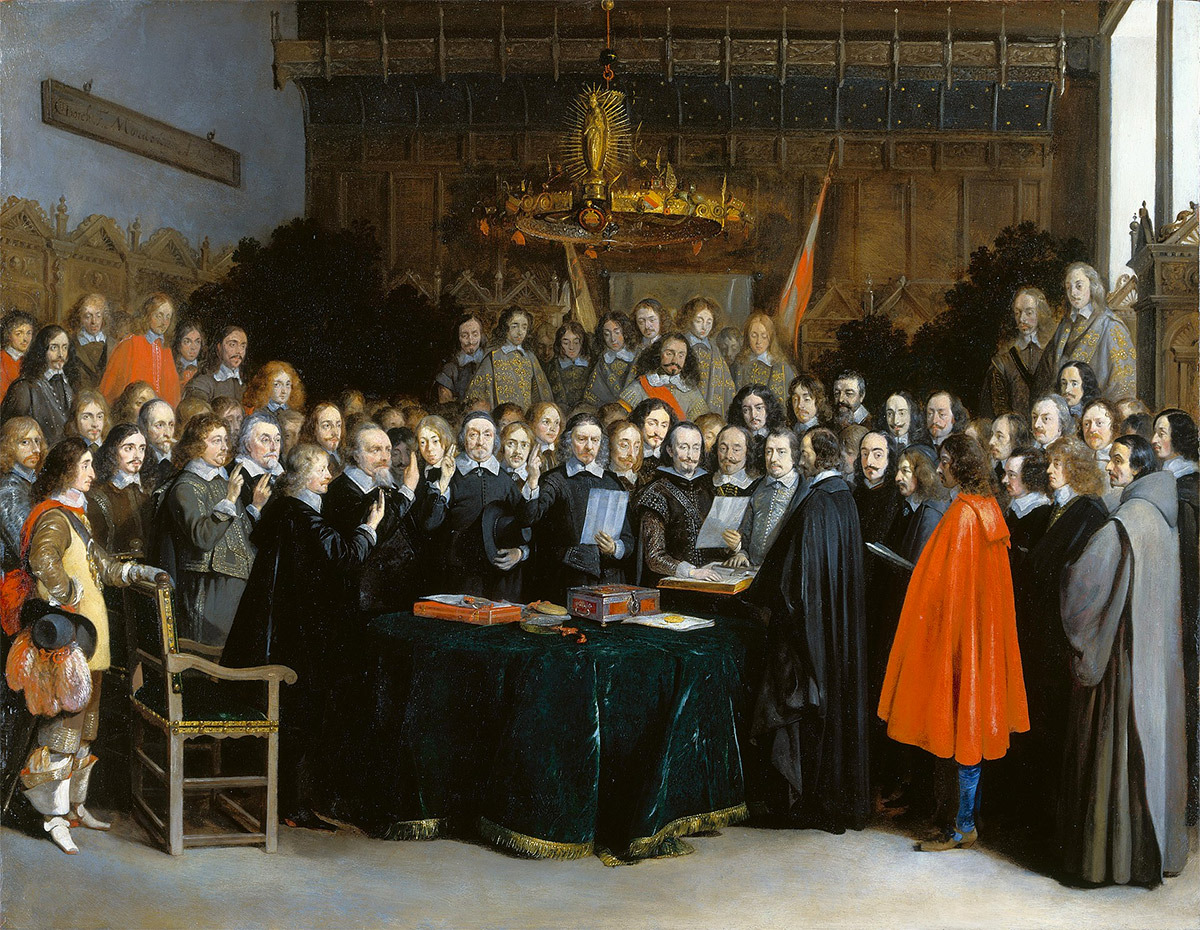Treaty Of Westphalia Presentation
| Treaty of Westphalia Overview | ||
|---|---|---|
| The Treaty of Westphalia was signed in 1648. It marked the end of the Thirty Years' War in Europe. The treaty consisted of a series of peace agreements between various European powers. | ||
| 1 | ||
| Key Objectives | ||
|---|---|---|
| To establish a balance of power among European nations. To recognize the principle of sovereignty, granting states the right to self-governance. To promote religious tolerance and end religious conflicts within Europe. | ||
| 2 | ||
| Impact on Europe | ||
|---|---|---|
| The Treaty of Westphalia laid the foundations for the modern system of nation-states. It marked a shift from a centralized, feudal system to a more decentralized, sovereign state system. The treaty established the idea of territorial integrity, respecting the boundaries of each state. | ||
| 3 | ||
| Religious Implications | ||
|---|---|---|
| The treaty promoted religious freedom and tolerance. It recognized the principle of cuius regio, eius religio, allowing rulers to determine the religion of their territories. The treaty ended religious wars between Catholics and Protestants in Europe. | ||
| 4 | ||
| Lasting Legacy | ||
|---|---|---|
| The Treaty of Westphalia is considered a significant turning point in European history. It shaped the development of diplomacy and the modern international system. Its principles of sovereignty and territorial integrity continue to be influential in international relations today. | ||
| 5 | ||
| References (download PPTX file for details) | ||
|---|---|---|
| The Peace of Westphalia (1648). United Nation... Osiander, A. Sovereignty, International Relat... Croxton, D. The Peace of Westphalia of 1648 a... |  | |
| 6 | ||




